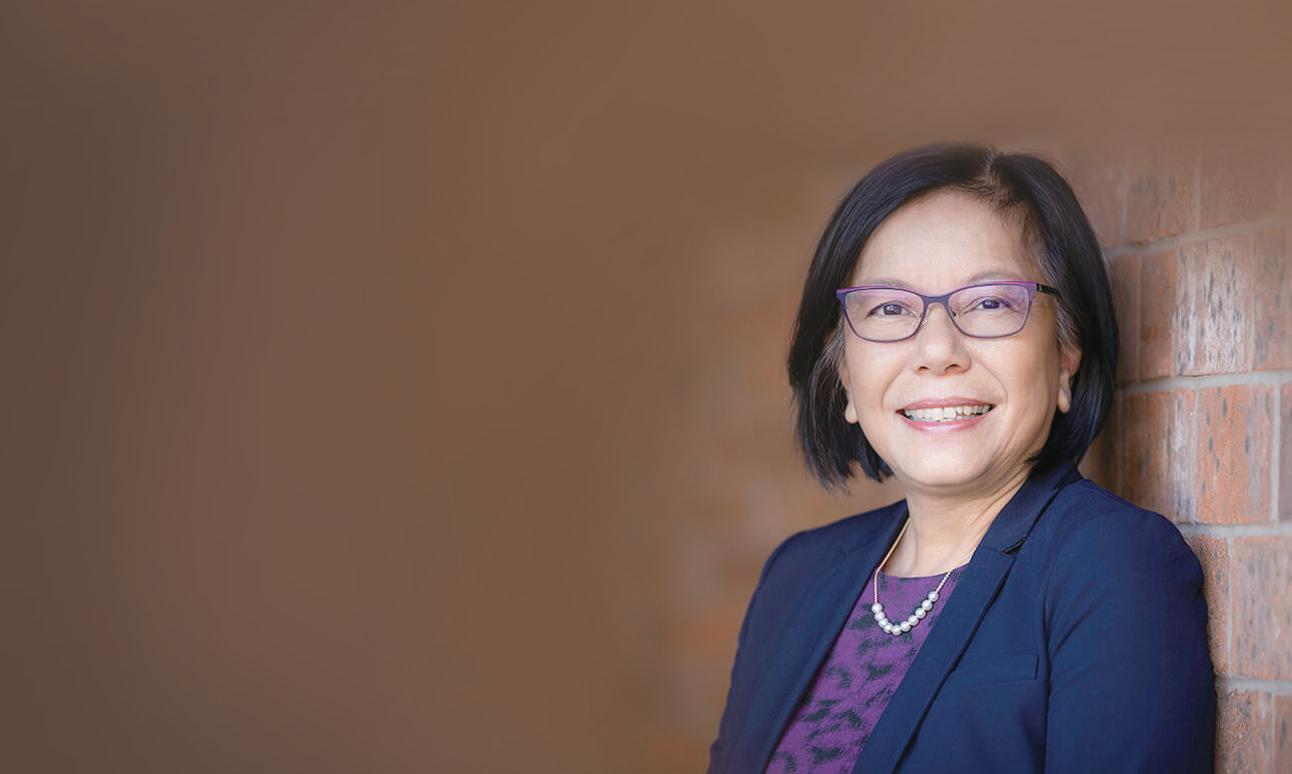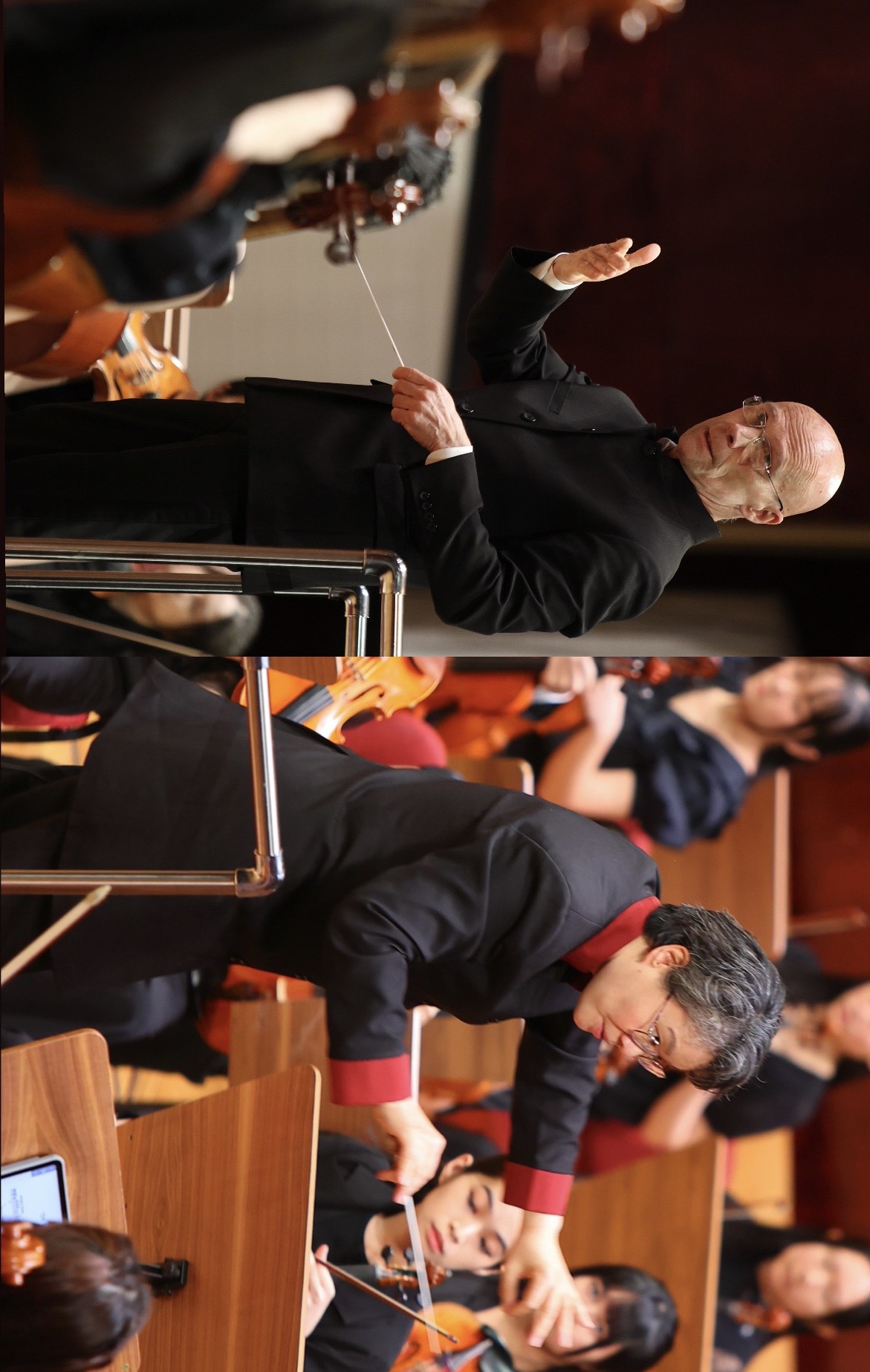
4 minute read
Notes on Unwritten Canons
Distinguished Alumna: Dr. Nancy Yunhwa Rao
Profile in Brief
Dr. Rao is one of the most influential music scholars of her generation. Her work spans American modernism, transpacific musical histories, and the sonic lives of early Chinese American communities. A Distinguished Professor of Music at Rutgers University, she is the author of Chinatown Opera Theater in North America (2017) and Inside Chinese Theater (2025). She is a member of the American Academy of Arts and Sciences, was appointed to the Rutgers University Board of Governors in 2025, and will deliver the keynote at the International Musicological Society’s East Asian Regional Association conference in September.
How did your time at NTNU shape your academic and artistic path?
As a music major concentrating on vocal performance, I was exposed to the European canon as well as contemporary Chinese compositions through Professor Liu Sai-Yun. She challenged me to ask how music shapes memory, identity, and society. We stayed in contact into the 1990s. She was commissioning new works and doing pioneering research in contemporary Chinese music; I was fortunate to be part of that effort.
Much of your work has focused on recovering lost or overlooked histories. What led you to study Chinese opera in North America?
When I began researching Chinatown Opera Theater in North America, there were very few traditional sources. At the time, standard archives held almost nothing on the music of early Chinese immigrant communities. It would be easy to assume that a missing archive meant the history itself didn’t exist. But I knew it had. I started building my own by piecing together torn lyric sheets, immigration records, early recordings, and newspaper clippings. Holding a fragment of handwritten lyrics, I felt like I was touching the past itself. Your latest book, Inside Chinese Theater, was just published in 2025. What does this project explore?
The book traces the history of Chinese opera theater in 19th-century California and how it became part of everyday life, not just in San Francisco, but in mining and railroad towns across the West. These performances were deeply embedded in the social, political, and economic lives of Chinese American communities. I also look closely at elements like costumes, singing, staging, and storytelling to show how theater shaped how Chinese immigrants saw themselves and how they were seen by others.
As editor of American Music and a contributor to the upcoming volume commemorating 250 years of U.S. theater, how do you think about inclusion in your work?
At American Music, I’ve worked to broaden the field by highlighting underrepresented musical traditions, from Caribbean music to Indigenous performance and Asian American jazz. Being invited to contribute to a volume marking the 250th anniversary of American independence felt significant. Chinese American musical history was once undocumented; now it’s part of a national reflection. That inclusion is important. American music isn’t one story; it’s many. And we need to listen to all of them.
On a recent trip to Taiwan, you attended 25 performances in 30 days. What stood out to you during that time?
I was struck by how traditional forms are being reimagined. From potehi puppetry, koa-a-hi, and Peking opera, to new experimental works like The Queen with No Name, artists were creating something fresh while preserving the essence of their traditions. That hybridity is so interesting to me. It’s something I’ve been thinking about a lot recently, and it may shape the direction of my future work.
What advice would you give to young scholars in the field of music?
Don’t shy away from unconventional paths. I started by working within established frameworks, but the most meaningful work I’ve done has come from asking different kinds of questions. I want to validate new approaches my students bring to the field and to future scholars.







